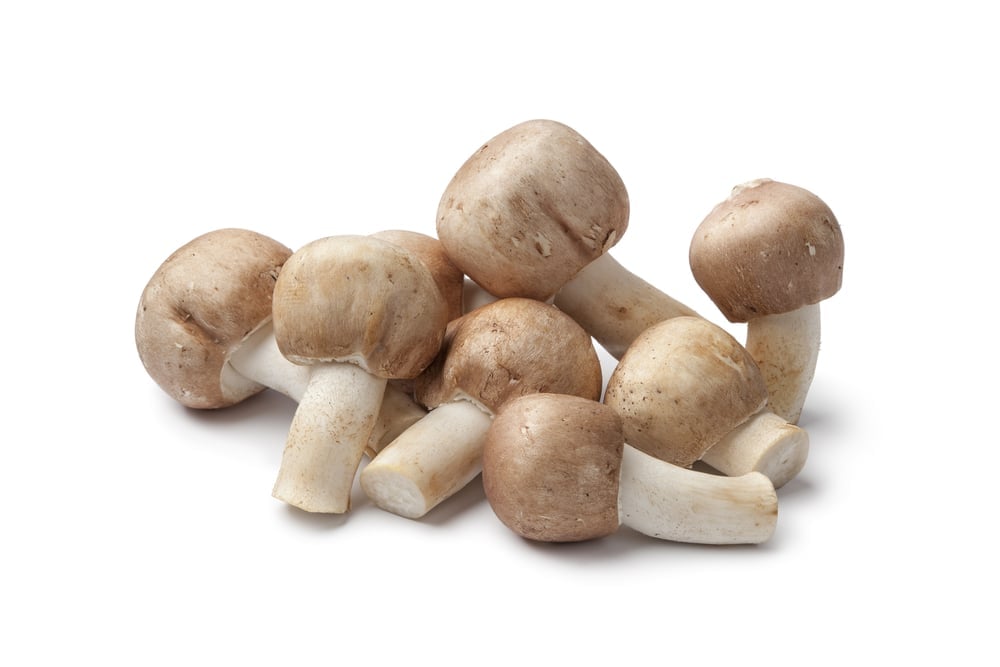
Introduction to Agaricus Subrufescens and Almond Agaricus Mushrooms
Agaricus subrufescens, commonly known as almond agaricus or almond mushroom, is a flavorful and aromatic mushroom species prized for its sweet almond-like scent and taste. This mushroom is closely related to popular varieties such as button mushrooms, portobello mushrooms, and crimini. Unlike some other species, almond agaricus thrives on compost beds and does not require pasteurization, making it an excellent choice for both beginner and experienced mushroom growers. In this guide, we will focus on how to grow agaricus subrufescens successfully, covering substrate preparation, inoculation, maintenance, and harvesting.
Understanding the Ideal Growing Conditions for Agaricus Subrufescens
Growing almond agaricus mushrooms requires warm temperatures, preferably above 50°F, and high humidity to ensure fruiting success. These mushrooms thrive in garden compost or fully finished compost beds, ideally located in shaded areas or under companion plants like tomatoes, chard, zucchini, or leafy vegetables. Maintaining moisture is critical, and the use of mulch or a casing layer made of peat moss and hydrated lime can help retain humidity during the fruiting stage. Greenhouses and high tunnels are excellent environments for extending the growing season and protecting the almond bed from frost.
Preparing the Compost Bed for Almond Agaricus Mushroom Cultivation
The foundation for successful mushroom growing is a rich, composted substrate. Use fully finished compost that has undergone complete microbial decomposition, ensuring it is free from strong manure odors. The compost should be moist but not waterlogged; perform the squeeze test by grabbing a handful and squeezing—only a few drops of water should appear. Lay the compost in a bed about 3 to 6 inches deep to maintain moisture and support mycelial growth. A well-prepared compost bed provides the nutrients and structure necessary for the mycelium to colonize effectively.
Inoculating the Compost Bed with Sawdust Spawn
Inoculation is the process of introducing almond agaricus spawn into the prepared compost bed. Use sawdust spawn, breaking it into golf ball-sized chunks and burying them at least one inch deep in a grid pattern spaced 4 to 6 inches apart. This spacing ensures even mycelium growth across the almond bed. For best results, inoculate after the last frost when soil and air temperatures are consistently warm. Cover the spawn with a thin layer of compost or casing to protect the mycelium and maintain moisture during colonization.
Maintaining Moisture and Monitoring Mycelial Growth
Moisture management is crucial throughout mushroom growing. The compost bed should remain damp but not soggy. Use mulch, cardboard, or straw to cover the bed and reduce evaporation, especially in dry or hot conditions. Regularly check the bed for white mycelium growth, which indicates healthy colonization. The mycelium will appear as a web-like white network spreading through the compost. Maintaining high humidity and avoiding direct sunlight will support robust mycelial growth and prepare the bed for fruiting.
Applying a Casing Layer to Enhance Fruiting Success
Although not always necessary, a casing layer can significantly improve fruiting success by providing a moist, protective environment for developing mushrooms. A common casing mix includes peat moss, hydrated lime, and water mixed to a consistency that passes the squeeze test (releasing about 10 drops of water when squeezed). Apply a thin layer, approximately ½ to 1 inch thick, evenly over the compost bed once mycelium covers the surface. This layer helps retain moisture, stabilizes temperature, and encourages pin formation.
Managing the Fruiting Stage and Harvesting Fresh Mushrooms
Once the mycelium has fully colonized the bed and the casing layer is established, the almond agaricus will enter the fruiting stage. Maintain high humidity and moderate temperatures to encourage pinning and mushroom development. Watch for the first flush of mushrooms, typically appearing within 3 to 6 weeks after inoculation. Harvest fresh mushrooms when the veil beneath the cap begins to open but before the spores darken, ensuring peak flavor and texture. Frequent harvesting promotes additional flushes and prolongs the growing season.
Companion Planting and Polyculture Benefits with Almond Agaricus
Growing almond agaricus alongside companion plants such as tomatoes, chard, zucchini, and leafy vegetables can create a mutually beneficial environment. These plants provide shade, helping to maintain soil moisture and high humidity around the almond bed. In return, the mushroom mycelium enriches the soil by decomposing plant matter and releasing nutrients that support plant growth. This polyculture approach enhances both mushroom cultivation and garden productivity.
Troubleshooting Common Issues in Agaricus Subrufescens Cultivation
Successful mushroom growing requires attention to potential problems such as drying compost, contamination, or temperature fluctuations. Keep the compost bed consistently moist using mulch and watering as needed. Avoid overwatering, which can lead to bacterial blotch or mold. Watch for discoloration or off smells in the mycelium, which may indicate contamination. Protect the almond bed from cold snaps by using greenhouses or high tunnels and avoid planting too early before the last frost.
Conclusion: Enjoying the Rewards of Growing Almond Agaricus Mushrooms
Cultivating agaricus subrufescens offers a rewarding experience for mushroom enthusiasts seeking flavorful, aromatic mushrooms with notable health benefits. By preparing a rich compost bed, inoculating with quality sawdust spawn, maintaining moisture, and managing the fruiting environment, growers can enjoy multiple flushes of fresh mushrooms throughout the warmer months. Whether grown in garden compost, greenhouses, or high tunnels, almond agaricus mushrooms are a delightful addition to any mushroom growing endeavor.
Masterful Display
Each and everyone of our products are deeply considered, labored over, and improved upon time and time again. We invite you to experience the difference of our carefully crafted small batches of herbal support items. Whether it be our tea line, produced for a delightful experience, or our tincture blends and extracts, we have what you need.

